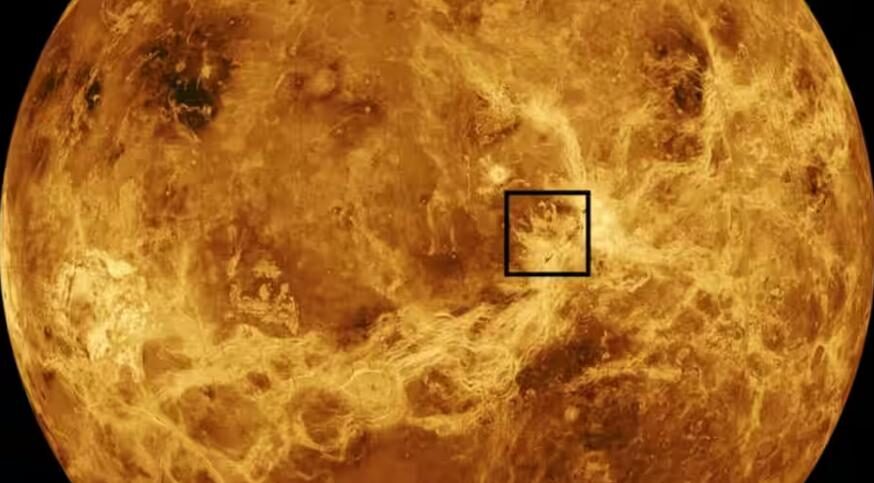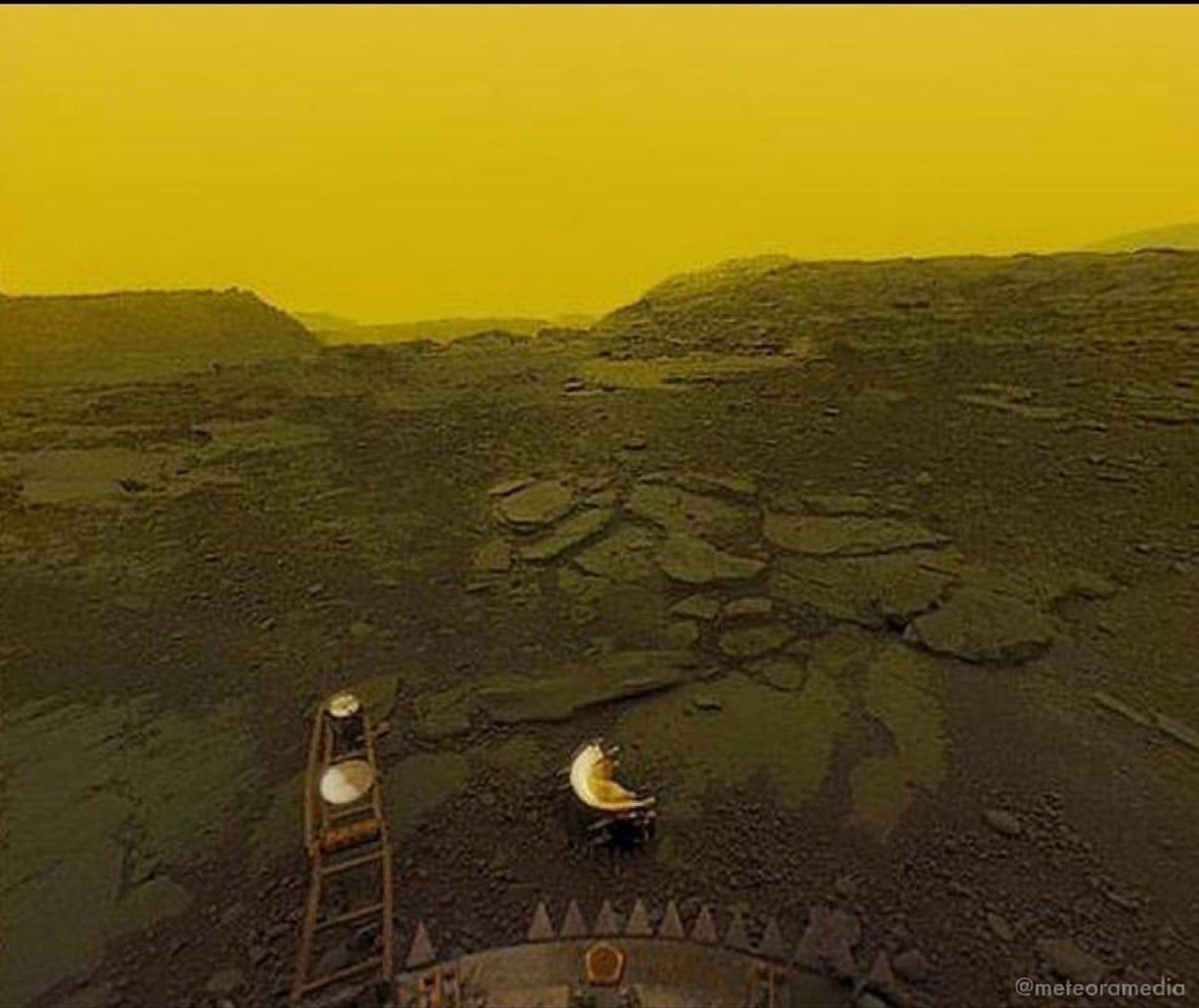The images were captured by NASA Magellan spacecraft in the early 1990s while it was circling the planet.
A new analysis of the perspective of the orbiter of a region close to the Venusian equator revealed a volcanic vent which changed shape and increased in size in the period of eight months.
The images of the volcanic vent have become the first direct geological evidence found of recent volcanic activity on Venus, as per the researchers.
On Wednesday, a study detailing the recent findings was published in the journal Science and the researchers presented it at the 54th Lunar and Planetary Science Conference in The Woodlands, Texas.
The Magellan mission was the first one to take pictures of the entire surface of the planet before the spacecraft was plunged intentionally into the hot, toxic atmosphere of Venus in 1994 to gather a final set of data.
Comment: Russia's Venera missions were the first to take images of Venus' surface, and beginning in the 1970s:
Now, a fleet of new missions will be sent to Venus within 10 years, which includes the Venus Emissivity, VERITAS, Radio Science, InSAR, Topography, and Spectroscopy mission.
"NASA's selection of the VERITAS mission inspired me to look for recent volcanic activity in Magellan data," said Robert Herrick, lead study author, member of the VERITAS science team and research professor at the University of Alaska Fairbanks, in a statement.
"I didn't really expect to be successful, but after about 200 hours of manually comparing the images of different Magellan orbits, I saw two images of the same region taken eight months apart exhibiting telltale geological changes caused by an eruption," he added.
The changes in the images of Atla Regio, which is a vast highland region and has the two largest volcanoes of Venus called Ozza Mons and Maat Mons, were spotted by Herrick.
"Both are similar to Earth's largest volcanoes, but because they have lower slopes, the two Venusian volcanoes are more spread out," he said.
"Only a couple of the simulations matched the imagery, and the most likely scenario is that volcanic activity occurred on Venus' surface during Magellan's mission. While this is just one data point for an entire planet, it confirms there is modern geological activity," said Scott Hensley, project scientist for VERITAS.






Comment: See also: The Seven Destructive Earth Passes of Comet Venus